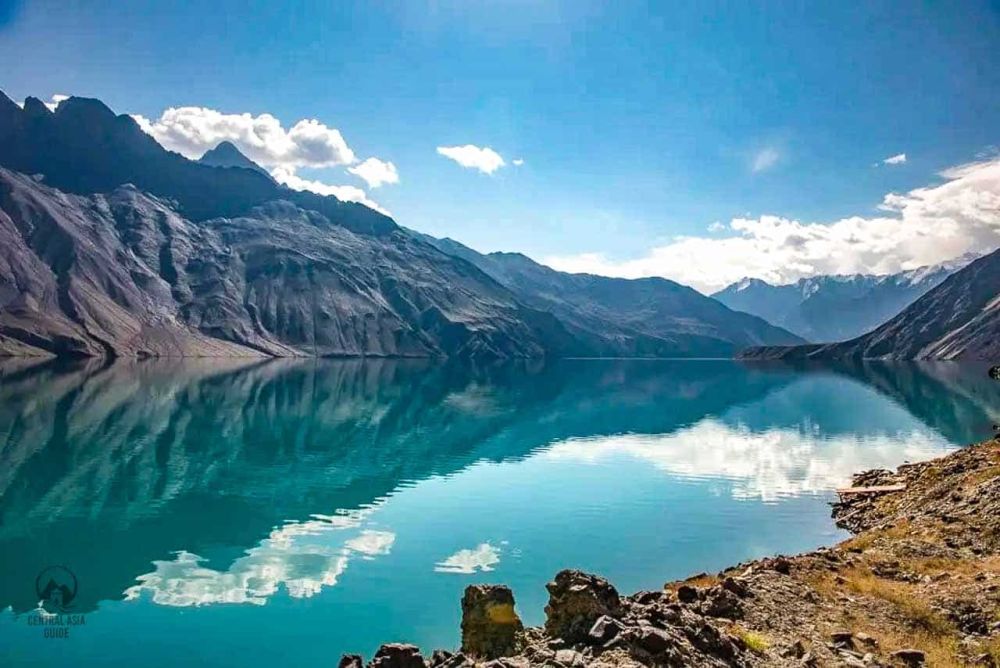

Sarez Lake, lying in the Pamir mountain range of Tajikistan, is known not just for its stark beauty but also for its dramatic origin story. This enigmatic lake was formed in the year 1911 following a massive earthquake, which triggered a colossal landslide blocking the Murghab River, thus creating the dam known as Usoi Dam. At approximately 500 meters high, it's considered to be the highest natural dam in the world. The formation of Sarez Lake is a relatively recent event in geological terms, which adds to its allure and mystery amongst avid travelers and scientists alike.
Tourism in the region of Murghab and around Sarez Lake has historically been minimal, predominately due to its remote location and the complexities involved in accessing this secluded area. Traditional visitors to the lake have been mainly the local Tajik people, along with a handful of intrepid explorers and researchers. The lack of infrastructure has kept this natural wonder under the radar for the majority of global travelers.
However, post the collapse of the Soviet Union, there has been a gradual opening up, with Tajikistan becoming more accessible to the outside world. Despite this, the difficulty of reaching Sarez Lake has meant that it remains a destination for the most adventurous travelers. Tremendous efforts are required to visit Sarez Lake, involving long drives on rough roads and sometimes even trekking for several days.
In recent years, there has been a burgeoning interest in eco-tourism and adventure tourism, which has placed destinations like Sarez Lake on the map for enthusiasts seeking undiscovered and pristine locations. The Tajikistan government, recognizing the potential for tourism as a source of national income, has started investing in infrastructure and promoting sustainable travel experiences.
The notion of "off-the-beaten-track" travel has fueled the curiosity of the modern traveler, and as such, Sarez Lake is attracting a new wave of tourism. Visitor numbers, although still modest in comparison to more established destinations, are on the rise as awareness of this hidden gem grows.
Moreover, global tourism trends, such as the search for digital detox destinations and the desire to connect with nature, align perfectly with what Sarez Lake has to offer. Its isolation from modern connectivity makes it an ideal retreat for those looking to escape the digital world.
Excitement and expectations are high regarding the future of tourism for Sarez Lake. With growing interest from eco-tourists and thrill-seekers alike, there is potential for significant growth in this sector. The Tajikistan government is striving to balance development with preservation, aiming to protect the lake's natural beauty and cultural heritage while accommodating an increase in visitors.
Investments in local communities and infrastructure, coupled with a commitment to sustainable tourism practices, are expected to position Sarez Lake as a leading destination for high-quality, environmentally conscious travel experiences in Central Asia.
As Sarez Lake continues to gain popularity, it remains to be seen how this striking yet fragile environment will adapt to a new chapter in its history – one that includes the careful stewardship of its landscapes and the warm welcome of tourists from across the globe.